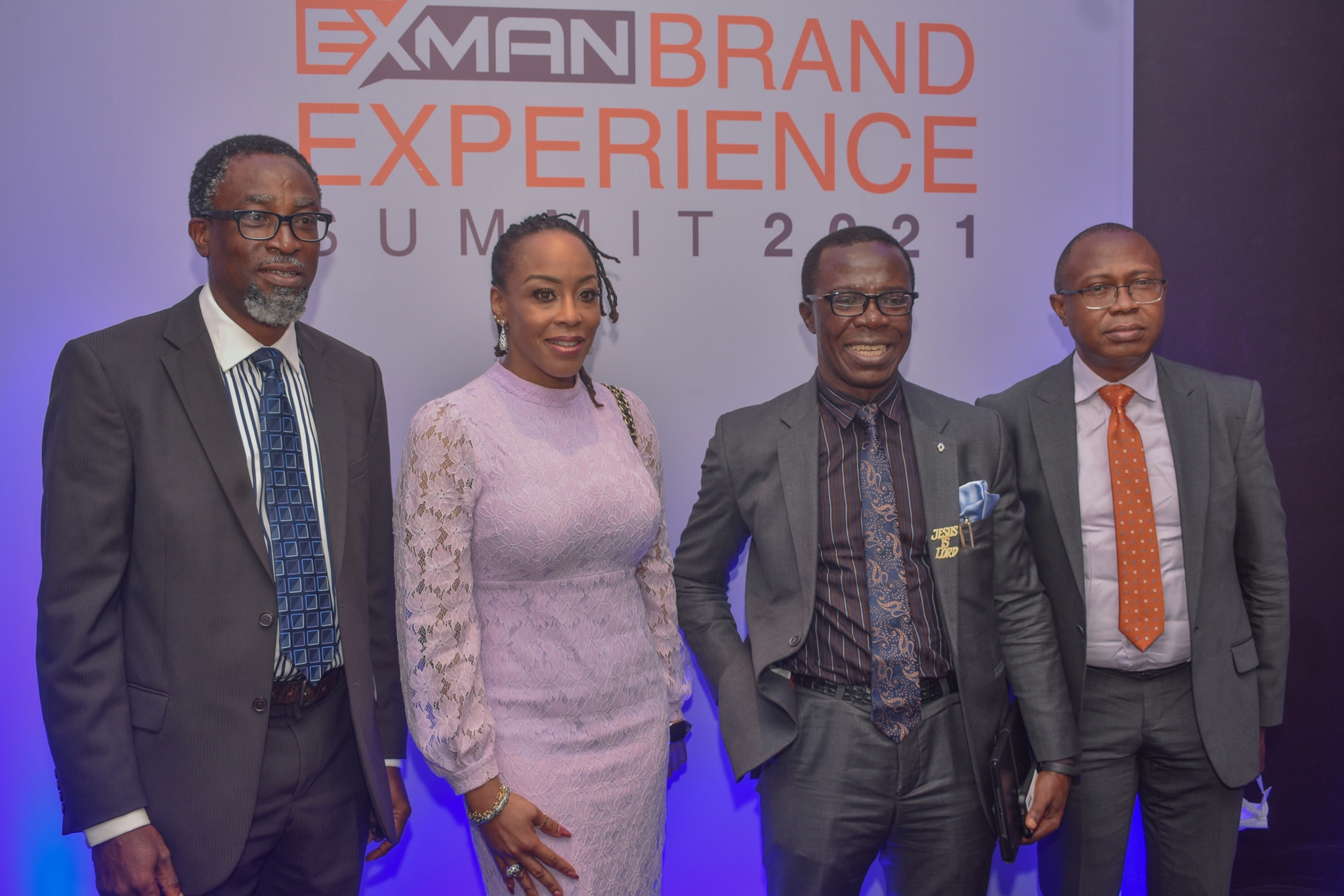One year after Samsung Electronics stole the Academy Awards with a group selfie featuring Ellen DeGeneres and a constellation of celebrities, the South Korean smartphone maker took more of a conventional approach this year, with traditional commercials and a social-media campaign built around a #galaxyfamily hashtag.
But that doesn’t mean it was free of sly product placements. Neil Patrick Harris’ opening song-and-dance number, for instance, featured a cameo from actor Jack Black, who decried the proliferation of mind-numbing Hollywood sequels and a world in which “the only screens we are watching are the screens like these,” dramatically pulling out a black smartphone from his pocket. Eagle-eyed viewers quickly pointed out that, yes, the phone in question was a Samsung device.
In an interview, Young-hee Lee, Samsung’s head of global marketing for the mobile division, said that while there weren’t any major stunts planned for this year’s Oscars, it didn’t mean the company wasn’t on the look-out for more unconventional branding opportunities.
“We always think about how to dramatize the moment,” Lee said.
Samsung, whose “The Next Big Thing is Here” campaign is credited with helping the South Korean smartphone maker catch up and eventually overtake U.S. rival Apple had plenty of tricks up its sleeve last year, practically cornering the viral selfie marketing category.
In addition to last year’s Oscars selfie, which became the most re-tweeted photo of all time, Samsung also raised eyebrows — and awareness — when Boston Red Sox slugger David Ortiz, a Samsung brand ambassador, snapped a selfie at the White House with Pres. Obama, temporarily raising the specter of legal sanctions.
While the company was sticking to more standard pitches for this year’s Oscars, Lee said the company was always eager for ways to break the mold.
“Television commercials are still very important…and it’s still one of the most frequently used platform to generate awareness,” she said. “But we need more than that. We need more engagement and excitement building, not just awareness building.”
Lee singled out the Oscars and the Olympics as “global cultural moments we can leverage,” alongside the Cannes Film Festival and music awards.
“Anything we can do to make it very impactful, that’s priceless,” Lee said. “Whenever there is a chance, we’ll be doing it, but we cannot do the same thing continuously.”
Why Honda shook up its leadership
Honda’s chief executive since 2009 is out following a series of quality and efficiency problems that called into question whether he might have been pushed the Japanese automaker too hard and fast.
The removal of Takanobu Ito from the top post was part of a broad management shakeup, in which several key executives worldwide will be replaced in senior posts. “I felt this was the right timing for us to boost efficiency and results globally,” Ito, 61, told reporters.
The company’s loss of momentum in the U.S., its most important market, may be its biggest headache. Accordingly, the latest shakeup includes the departure of Tetsuo Iwamura as chairman of the American Honda Motor Company. He will remain a director of Honda – but no new chairman will replace him. Instead, Takuji Yamada, president of American Honda, will assume his duties.
Ito will be replaced in June by Takahiro Hachigo, 55, an engineer who currently serves in a senior post in Honda’s research and development arm in China. Ito, 61, will continue to serve as an adviser to the company.
Honda shareholders and fund managers may have played a part in the change. In the past five years, Honda shares have returned 27% to holders, lagging well behind the Nikkei 225 Index, which returned 82%. Nissan shares returned 66%; Toyota shares 146%.
American Honda, once a phenomenon in the U.S. that set standards for customer satisfaction, has become known for reliable, unexciting models that lack distinctiveness. Their lead in quality over models built by Detroit, meanwhile, has narrowed or disappeared as U.S. and European automakers have improved their offerings.
Lately, Honda has taken steps to make their styling and design more expressive, as evidenced by a new Pilot crossover that will appear this summer. The new Pilot is a departure from its boxy, utilitarian predecessors. Honda also introduced a new Acura NSX supercar, another step in what the automaker is calling “The Year of Honda” in the U.S., in an attempt to highlight improvements and innovations.
The automaker has been under a cloud due to quality problems with its Fit hybrid subcompact, which was recalled five times as of last October. Honda also set aside hundreds of millions of dollars to cover expected damages due to mass recalls of its cars equipped with Takata Corp. air bags that have been linked to six deaths.
Ito has conceded publicly that quality problems with Fit may have a connection to sales targets for the model that were too aggressive. Meanwhile, Honda lost market share last year in the U.S., as its top Japanese rivals, Toyota and Nissan gained. Like Toyota, Honda has been reorganizing operations to move more authority and responsibility from Japan to regional centers around the world.
Hachigo, described as a broadly experienced executive, jumped several levels in executive rank to his new job. He had worked on development of the Odyssey minivan and CR-V crossover.
Tobacco Giants Battle New Ads Painting Them As Liars
In 2006, U.S. District Judge Gladys Kessler ordered the nation’s largest cigarette makers to publicly admit that they had lied for decades about the dangers of smoking.
The basis for the punishment: Testimony from 162 witnesses, a nine-month bench trial and thousands of findings by the judge that defendants engaged in what the largest public health organizations in the country have called a massive campaign of fraud.
Bloodied but unbeaten, the tobacco companies have plunged into another courtroom battle in an effort to stave off the humiliation of having to underwrite an ad campaign in which they brand themselves as liars. Oral arguments are scheduled forMonday before the U.S. Court of Appeals for the District of Columbia Circuit.
The ads would appear in newspapers, on TV, websites and cigarette pack inserts. The ads, called “corrective statements,” stem from a civil case the government brought in 1999 under RICO, the Racketeer Influenced and Corrupt Organizations Act.
The companies say they stand ready and willing to disseminate factual public health information about cigarettes. But they argue that these ads are designed to ensure that the public “does not believe anything the companies say on any topic.”
The companies are asking the appeals court to set aside the corrective statements and craft new ones.
The preamble to the ads says a “federal court has ruled that Altria, R.J. Reynolds Tobacco, Lorillard, and Philip Morris USA deliberately deceived the American public.”
The companies say the statement is overbroad and misleading.
Their reasoning is that the findings cited by the judge pertain to the alleged inaccuracy of the companies’ public statements about smoking and health, not to whether anyone in the public was actually deceived by the defendants.
The question of whether the companies deceived the public is a disputed factual issue in every fraud case brought against the defendants by an individual smoker, the companies said in a recent court filing.
They say that if the corrective statements are not modified, the question of whether the companies deceived the public will be decided by jurors exposed on countless occasions to the erroneous assertion that the companies engaged in deception.
The companies in the case include Richmond, Virginia-based Altria Group Inc., owner of the biggest U.S. tobacco company, Philip Morris USA; No. 2 cigarette maker, R.J. Reynolds Tobacco Co., owned by Winston-Salem, North Carolina-based Reynolds American Inc.; and No. 3 cigarette maker Lorillard Inc., based in Greensboro, North Carolina.
Kessler required the companies to publicly address smoking’s adverse health effects, nicotine manipulation and the health impact of secondhand smoke. The judge also required that the companies address the truth about “light” and low tar” brands and the nature of cigarette addiction.
The judge said the corrective statements would be in all cigarette packs sold for 12 weeks over the course of two years, in TV spots once per week for a year, in a separate newspaper ad by each company, on company websites indefinitely and at certain retail outlets.
In 2009, the appeals court directed Kessler to craft corrective statements confined to purely factual and uncontroversial information that would reveal previously hidden truths about the tobacco industry’s products.
But the companies said in a recent filing that Kessler went beyond those instructions and ordered inflammatory statements that require the defendants to denigrate themselves.







Comment
No comments found.